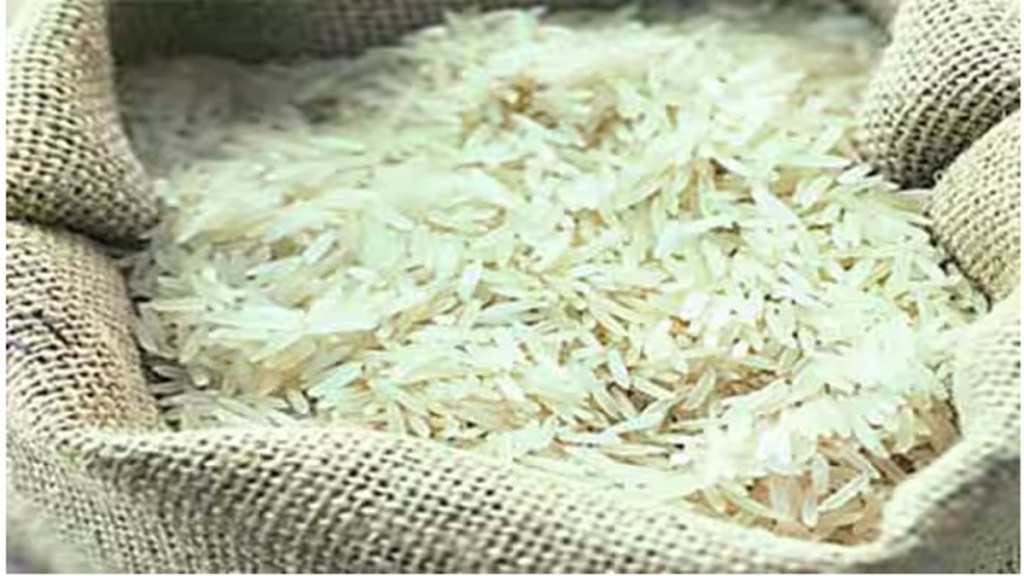To curb rise in prices and improve domestic supplies, the government has imposed a 20% export duty on parboiled rice, a move that comes after non-basmati white rice shipment was banned last month.
According to a finance ministry notification late on Friday, the export duty will be applicable from immediately.
A week back, the government had imposed a 40% duty on onion exports.
While announcing a ban on non-basmati white rice exports, the government on July 21, 2023 had stated that the exports of white rice will be allowed for meeting the food security needs of the countries and on the basis of their request.
India has been the world’s largest exporter of rice over the last decade with more than 40% share in global rice trade. The country exported 7 million tonne (MT) of parboiled rice last fiscal while total rice shipment was at a record 22.33 MT
Trade sources told FE that the government is likely to announce a minimum export price for high value Basmati rice shipment. India exported 4.55 MT of aromatic rice in FY23.
In September last year, India had imposed a ban on broken rice exports and put a 20% export tariff on the non-basmati and non-parboiled rice, a measure aimed at improving domestic supplies.
Retail rice prices rose by 12.96% in July and had been rising in double digits since the beginning of the year. The Food Corporation of India is aiming to sell 2.5 MT of rice this year from its surplus stock in the open market to cool down the prices.
Paddy transplanting is largely complete and is at present, up 4.4% year-on-year (y-o-y). So far, rice has been transplanted on 38.4 million hectare or about 96% of the normal sown area.
Experts said kharif paddy, which accounts for 80% of the country’s rice production, could get affected because of floods in parts of Punjab and delay in sowing in eastern states because late arrivals of monsoon
Non-basmati rice accounts for 80% of the total exports of rice. While the export markets are quite diversified, the major markets include Bangladesh, China, Nepal, Iran and most African countries.
In FY23, India exported a record 17.78 MT of non-basmati rice worth of $ 6.35 billion and in the first three months of current fiscal, the country has exported 4.05 MT of non-basmati rice, a decline of 6.6% from the same period previous fiscal.
India has been the world’s largest exporter of rice since 2012. Currently India exports more rice than the combined shipments of the next three largest exporters – Thailand, Vietnam and Pakistan.
India exports rice to more than 100 countries. The effect of a series of measures taken to restrict rice exports from India will be most felt in the neighbourhood — Nepal and Bangladesh — the African countries of Madagascar, Benin, Kenya, and Ivory Coast, and some Asian countries such as the United Arab Emirates, Indonesia and Malaysia.
The United States Department of Agriculture (USDA) in its August, 2023 crop outlook has stated that India’s rice exports could decline to 19 MT in the 2024 calendar year from a record shipment of more than 22 MT of shipment in FY23. However, this assessment was based after the government announced a ban on white rice exports last month.

